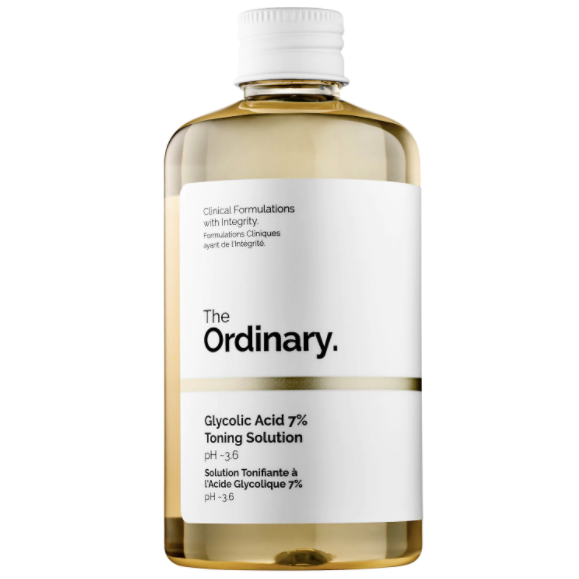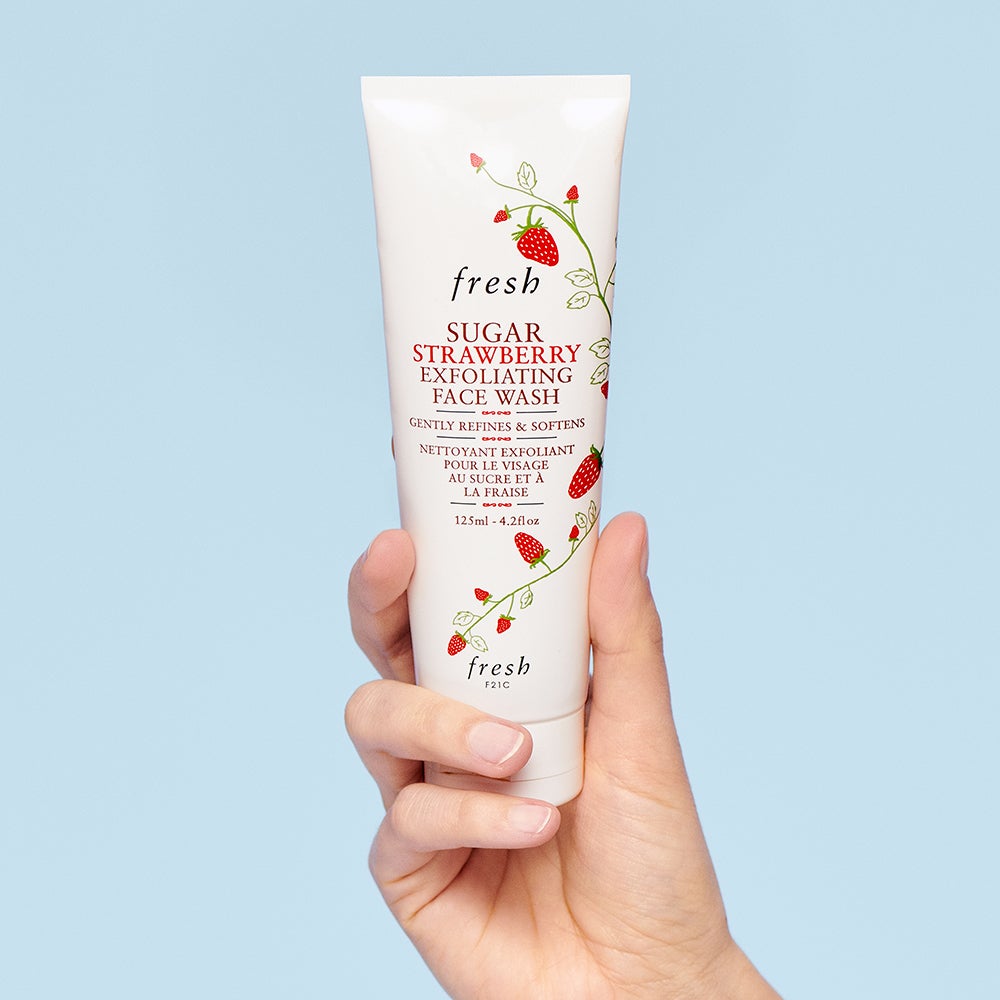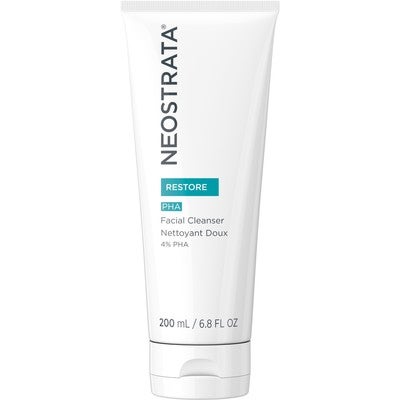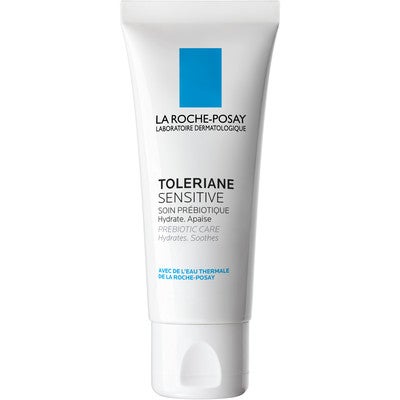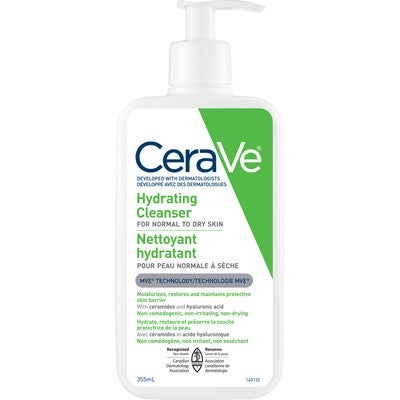If you grew up in the '90s like me, when you think of exfoliation, I bet your mind instantly goes to St. Ives Apricot Scrub. That iconic orange container that held a permanent spot in the corner of all of our bathtubs.
Even if it wasn’t your first foray into skincare, it was most likely the launching pad for an obsession with getting your skin down to its smoothest, most sanded-down self. And while today there are a lot more options, our fixation with face scrubs hasn’t changed: In the $1.8-billion Canadian skincare market, sales of exfoliators are second only to masks, and they are widely considered the best defence against radiance enemy number one: dead skin cells.
AdvertisementADVERTISEMENT
But, here's the thing: Dead skin cells aren't all that bad, and there is such a thing as over-exfoliating. So, how often is too often when it comes to exfoliation? What's the difference between chemical and physical exfoliators? And what can you do if you go overboard with a new face scrub? Read on for our guide to exfoliation.
What is exfoliation?
“Exfoliation is the process of removing dead skin cells on the skin’s surface that are already about to slough off, [thanks to the] normal and perpetual skin-cell cycling,” says Dr. Monica Li, a dermatologist and instructor at the University of British Columbia. Translation: Your skin naturally exfoliates so newer skin cells rise to the top layer of the epidermis (one of three layers that make up skin), before shedding off. This happens every four to six weeks. But sometimes, skin needs a little help, whether it’s due to aging (which slows cell turnover), environmental or hormonal changes, or simply a buildup of product. That's where exfoliators come in.
But before you commit to a daily exfoliation regime, keep in mind that dead skin cells can be beneficial. Research shows some of those dead skin cells we keep trying to get rid of are the very ones that actually hold onto water and moisture, both from the environment and from the products you apply. Scrub away too many, and you may weaken the top layer of skin.
AdvertisementADVERTISEMENT
“When performed too aggressively or too frequently, exfoliation may lead to disruption in the balance of normal flora [the collection of bacteria, viruses, and fungi on our skin], which may impact the strength and integrity of the skin-barrier function,” says Li. (FYI: "Skin barrier" is a fancy way of saying the outer layer of skin.) “Moderation is key as a general principle in life, and this applies to exfoliation.”
How often should you exfoliate?
“Sensitive skin types generally can exfoliate once per week,” suggests Dr. Li. If your skin is extremely oily and isn’t sensitive, you can exfoliate up to three times a week. But start slow — you might be surprised by how infrequently you actually need to add this step to your regimen. If you touch your skin and it feels bumpy or rough, go ahead and reach for an exfoliator. Otherwise, there’s no need — really, says Dr. Li.
And, if you know your skin is naturally dry and/or sensitive (if it feels tight or your skin gets red and tingly easily, especially when introducing a new product to your regimen) then its natural exfoliation process could be enough.
But it’s not just skin type that should be taken into account before exfoliating, it’s also skin condition and state. If your skin is “under stress, you’ll want to stay away from exfoliating,” says Jessica Berto, an esthetician and training manager at ProjectSkin MD, a clinic that offers cosmetic dermatology and laser medicine services.
That means if you’re having a flare-up of eczema or psoriasis, or a bout of cystic acne, hold off on exfoliating. “Skin that’s showing signs of active infection or is not intact (that even includes things like bug bites or open sores on the skin) should not undergo exfoliation until healed,” says Dr. Li.
AdvertisementADVERTISEMENT
What are the different types of exfoliators?
Your can choose between physical or a chemical exfoliants. Physical exfoliation involves either a device (like a cleansing brush) and/or exfoliating agents, like small grains made of rice or corn powder, to literally scrub the skin, removing dead skin cells along the way.
Chemical exfoliation, on the other hand, uses ingredients such as alpha hydroxy acids (like glycolic acid) and beta hydroxy acids (like salicylic acid) to essentially loosen up the “glue” that holds dead skin cells together. This allows them to become dislodged and come off the top layer of your skin. Don’t be fooled by the term acid — there will be no burning away of skin here.
What’s better: chemical or physical exfoliants?
It depends on your unique skin type and concerns — and also what you like. Physical scrubs have come a long way since the days of microbeads and nut shells that can cause tiny micro-tears in the skin, leading to irritation and sensitivity. These days, exfoliators made from sugar or fruit enzymes are formulated with granules that are small enough to exfoliate in a gentle way, without causing damage to the skin’s barrier.
That said, if you have sensitive skin, you may be better with a gentler form of chemical exfoliant, says Dr. Li. “The physical motion of scrubbing and rubbing the skin’s surface can cause irritation and discomfort.” She recommends looking for exfoliants like lactic acid and polyhydroxy acid, which have larger molecular structures and thus can’t penetrate the skin as deeply, providing a gentler experience.
AdvertisementADVERTISEMENT
Both chemical and physical exfoliators have benefits, and the best way to choose the right one for you is by simply observing which feels better on your skin, both while you’re using it, and immediately after (is your skin irritated or softer than ever before?). But please, don’t use both at the same time.
How do you know if you’ve overdone it?
OH, YOU’LL KNOW. Redness, irritation, burning, or tightness when you apply your go-to products, or dryness and peeling, are all signs. This is because you’ve not only scrubbed off the dead skin cells, but also healthy ones underneath, making skin more sensitive to, well, everything.
What should you do if you’ve exfoliated too much?
STOP EXFOLIATING. Other than that, Dr. Li recommends sticking to unscented, gentle cleansers and moisturizers to strengthen your weakened skin barrier. Derm-fave brands like CeraVe and La Roche-Posay are developed for sensitive skin (or skin that may be temporarily sensitized and/or reactive) and can help re-strengthen it.
When your skin looks and feels back to normal (this is unique to each skin type and can take anywhere from a few days to a few weeks), you can start to reintroduce exfoliating — slowly, while also apologizing to your dead skin cells for all of the mean and unfair things you’ve said about them over the years.
AdvertisementADVERTISEMENT







